Creole vs Cajun Spices: What's the Real Difference? (Spice Showdown)
If you've ever stood in front of a spice rack, staring at bottles labeled 'Creole seasoning' and 'Cajun seasoning,' wondering what the heck makes them different — you're not alone. Both come from Louisiana, both are packed with flavor, and both can seriously level up your cooking. But are they really interchangeable?
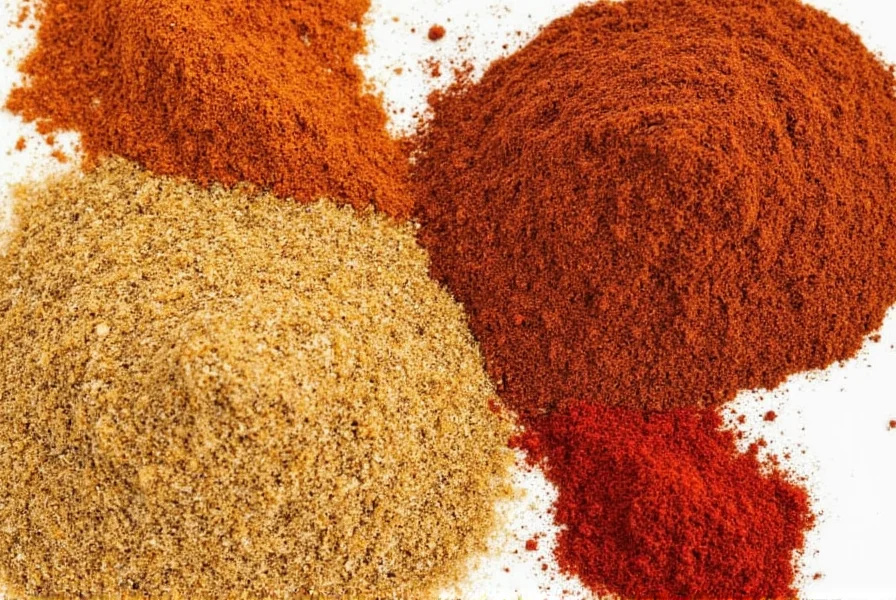
Table of Contents
- Introduction
- Cajun Seasoning Basics
- Creole Seasoning Basics
- Key Differences Between Creole and Cajun Spices
- How to Use Each in Cooking
- Buying Guide: Choosing the Right Spice Blend
- Conclusion
Introduction: The Great Spice Debate
When it comes to Southern cooking, especially Louisiana-style dishes, the confusion between Creole and Cajun spices runs deep. Both blends are known for their bold flavors and are staples in many kitchens across the U.S., especially where gumbo, jambalaya, and étouffée reign supreme.
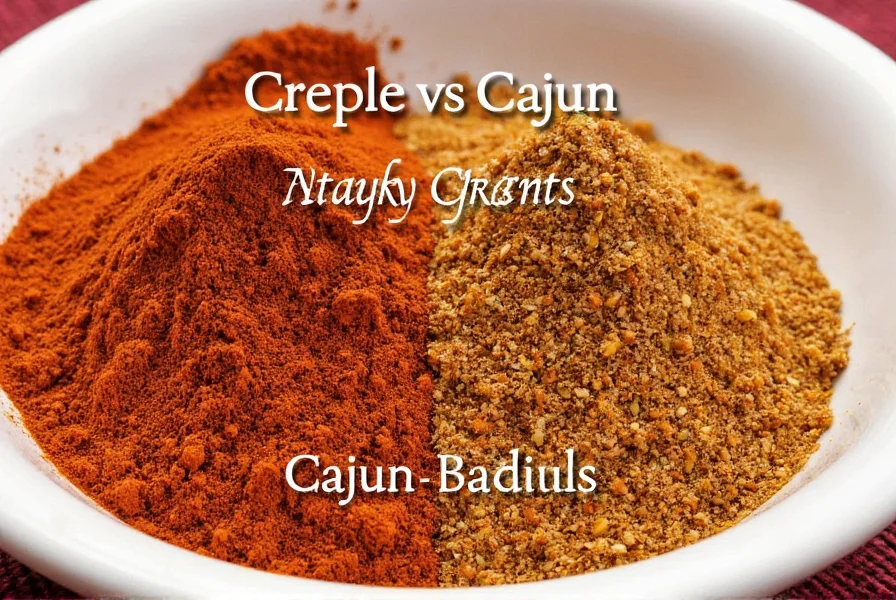
But despite coming from the same region, these seasonings have distinct histories, ingredient profiles, and culinary uses. In this article, we’ll dive into what separates these two spice mixes, how they’re used in real recipes, and which one might be better suited for your next cookout or kitchen experiment.
Cajun Seasoning Basics
Cajun seasoning is rooted in the French Acadian culture that settled in rural Louisiana after being expelled from Canada in the 18th century. It’s rugged, rustic, and built for hearty meals like smoked meats, grilled seafood, and stews cooked over open flames.
Typical Ingredients:
- Paprika
- Garlic powder
- Onion powder
- Black pepper
- Cayenne pepper (for heat)
- Salt
- Oregano (sometimes thyme)
The hallmark of Cajun seasoning is its boldness. It tends to pack more heat than Creole, and relies heavily on garlic and pepper for depth. Think of it as the bolder cousin who grew up on a farm, hunting and grilling every day.
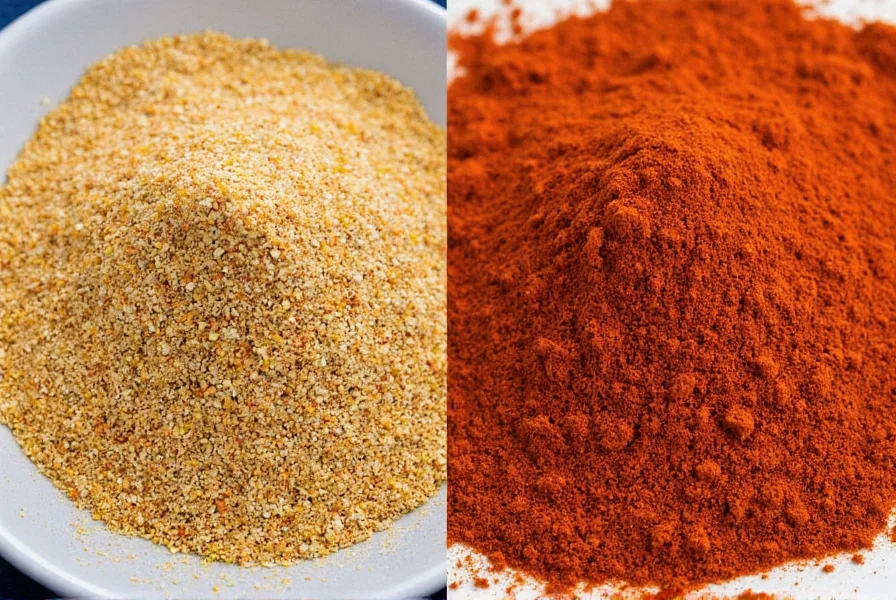
Creole Seasoning Basics
Creole seasoning evolved in New Orleans, where trade routes brought a wide variety of spices to the city. This blend reflects the cosmopolitan roots of Creole culture — a fusion of Spanish, African, French, and Caribbean influences.
Typical Ingredients:
- Garlic powder
- Onion powder
- Paprika
- Black pepper
- Oregano
- Thyme
- Basil
- Dried bell peppers (not always spicy)
What sets Creole seasoning apart is its balance and complexity. It’s less about heat and more about aromatic depth. Creole seasoning often has a more herb-forward profile, making it ideal for sauces, seafood, and slow-cooked vegetables.

Key Differences Between Creole and Cajun Spices
So what’s the bottom line? Let’s break down the differences between these two powerhouse spice blends:
| Feature | Cajun Seasoning | Creole Seasoning |
|---|---|---|
| Origin | Rural Louisiana (Acadian influence) | New Orleans (multi-cultural influence) |
| Flavor Profile | Smoky, earthy, spicy | Herbaceous, savory, balanced |
| Heat Level | Moderate to high | Low to moderate |
| Common Ingredients | Paprika, garlic, onion, cayenne, oregano | Paprika, garlic, onion, oregano, thyme, basil |
| Best For | Grilled meats, smoked sausage, gamey dishes | Seafood, rice dishes, soups, sauces |
In short: if you want to fire up your grill and make something bold and smoky, go Cajun. If you’re simmering a delicate seafood stew or roasting veggies for Sunday dinner, Creole is your best bet.
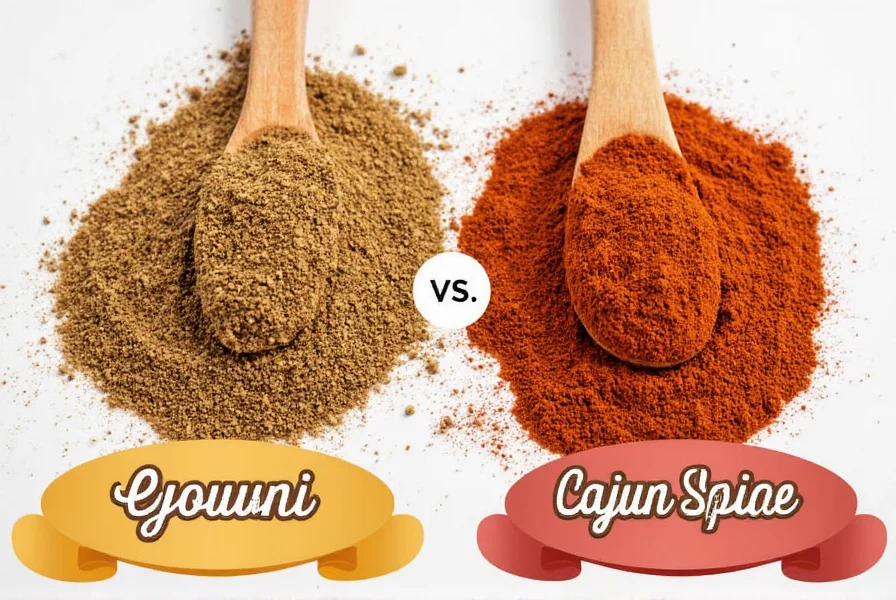
How to Use Each in Cooking
Understanding how each spice works in real-world cooking scenarios helps you make better choices in the kitchen.
Cajun Seasoning: Grilled & Smoked Meats
Use Cajun seasoning when you need to stand up to heavy flavors and high heat. Try it on:
- BBQ ribs
- Chicken wings
- Andouille sausage
- Grilled shrimp skewers
Creole Seasoning: Sauces, Seafood, and Sides
Creole shines when you want subtle complexity without overpowering the dish. Great for:
- Gumbo (especially seafood gumbo)
- Jambalaya (mild versions)
- Shrimp étouffée
- Rice and beans
Pro Tip: Don’t Be Afraid to Mix!
You don’t have to choose just one! Combining Creole and Cajun seasoning can add layers of flavor. Just be mindful of salt levels and spice intensity.
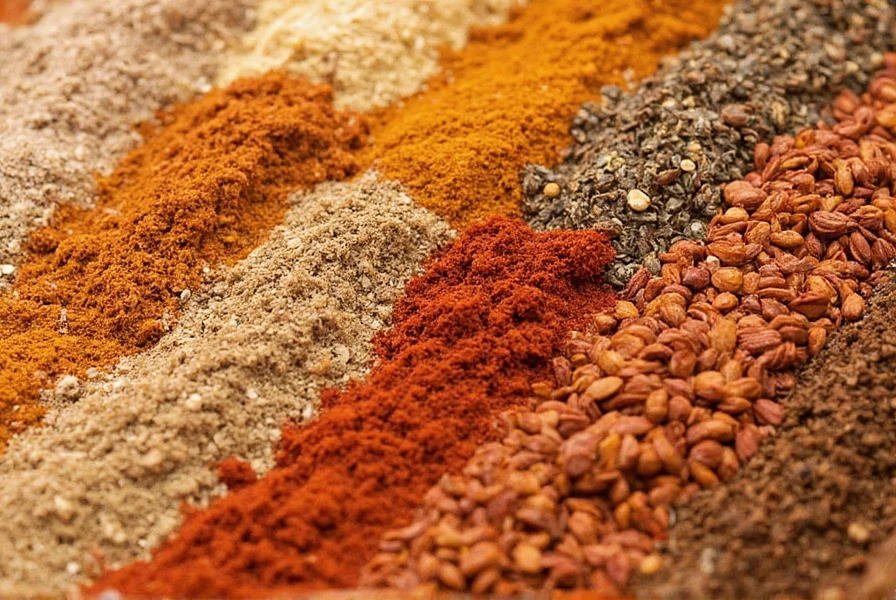
Buying Guide: Choosing the Right Spice Blend
Ready to buy but overwhelmed by the options? Here's a guide to help you pick the perfect bottle for your needs.
Top Picks for Cajun Seasoning
- Slap Ya Mama Cajun Seasoning
- Features: Medium heat, classic garlic-onion base
- Best for: BBQ, burgers, fried chicken
- Audience: Grill lovers, adventurous home cooks
- Tony Chachere's Original Cajun Seasoning
- Features: High salt content, mild spice level
- Best for: Jambalaya, rice, roasted vegetables
- Audience: Casual users, beginners
- Blue Runner Hot Cajun Seasoning
- Features: Extra spicy, rich umami base
- Best for: Gumbo, hot wings, fiery sauces
- Audience: Heat seekers, pro cooks
Top Picks for Creole Seasoning
- Emeril's Essence Creole Seasoning
- Features: Balanced herbs, slight kick
- Best for: Seafood, pasta, roasted potatoes
- Audience: Everyday cooks, seafood lovers
- Zatarain’s Creole Seasoning
- Features: Mild and versatile, great for kids
- Best for: Rice dishes, mild gumbos, popcorn
- Audience: Families, mild eaters
- McCormick Gourmet Creole Seasoning
- Features: Fresh, clean taste with basil and thyme
- Best for: Stews, vegetable dishes, rubs
- Audience: Home chefs, gourmet foodies
Homemade Option: Make Your Own!
Want full control? Mix your own:
- Cajun Blend: Paprika, garlic powder, onion powder, black pepper, cayenne, oregano, salt
- Creole Blend: Paprika, garlic powder, onion powder, black pepper, thyme, basil, oregano
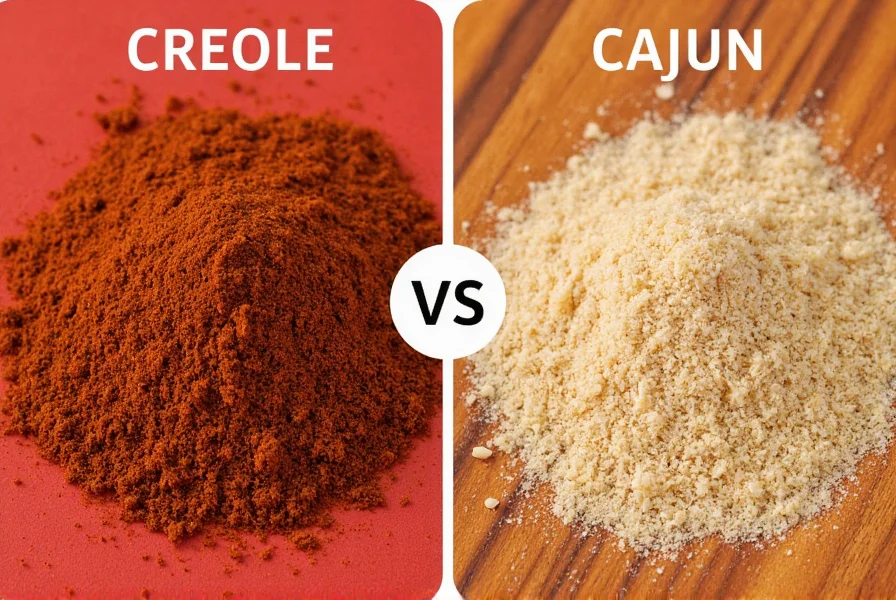
Conclusion: Which One Should You Choose?
At the end of the day, choosing between Creole and Cajun seasoning depends on what kind of dish you’re making — and what kind of flavor experience you're craving.
Cajun gives you boldness, heat, and rustic charm. Creole offers finesse, balance, and a touch of herbaceous magic. Neither is better — they’re just different tools for different jobs in your spice toolbox.
So whether you're smoking a brisket or simmering a seafood stew, now you know exactly which seasoning to reach for.
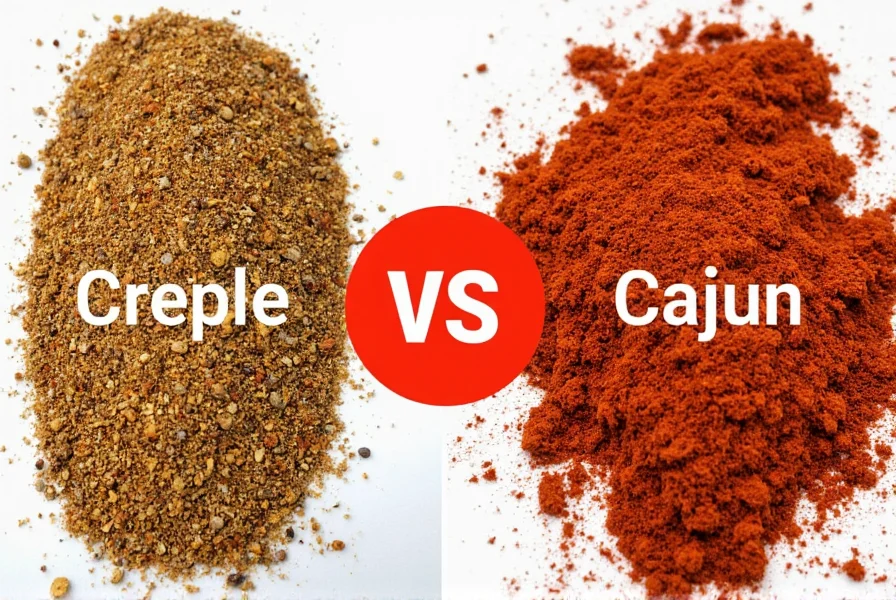
Next time you see those two labels staring back at you from the shelf… no more hesitation. Spice confidently!











 浙公网安备
33010002000092号
浙公网安备
33010002000092号 浙B2-20120091-4
浙B2-20120091-4